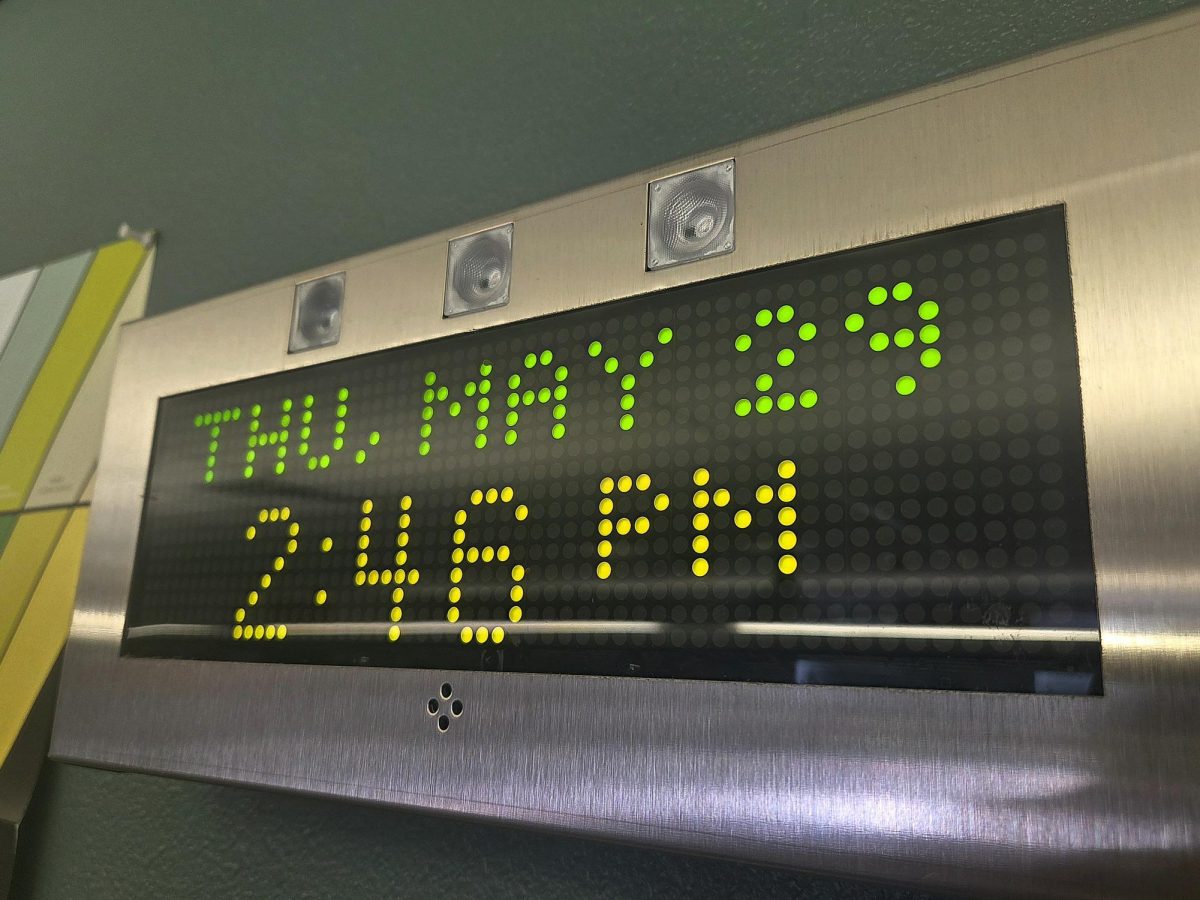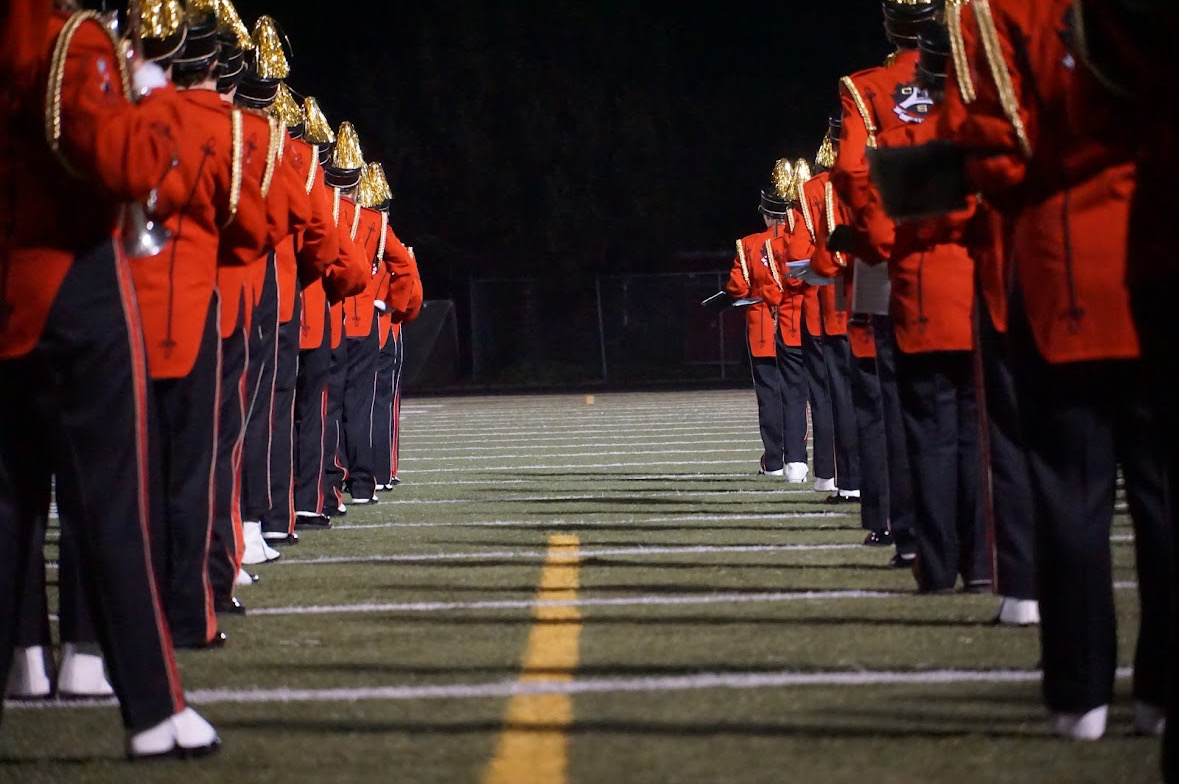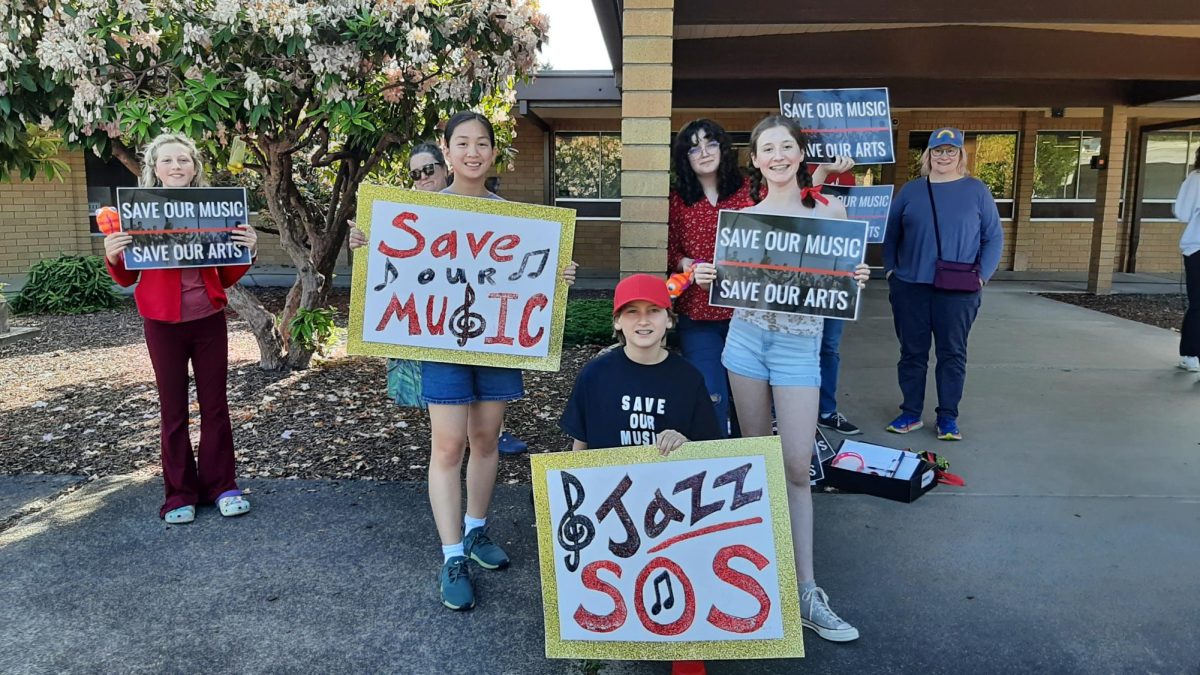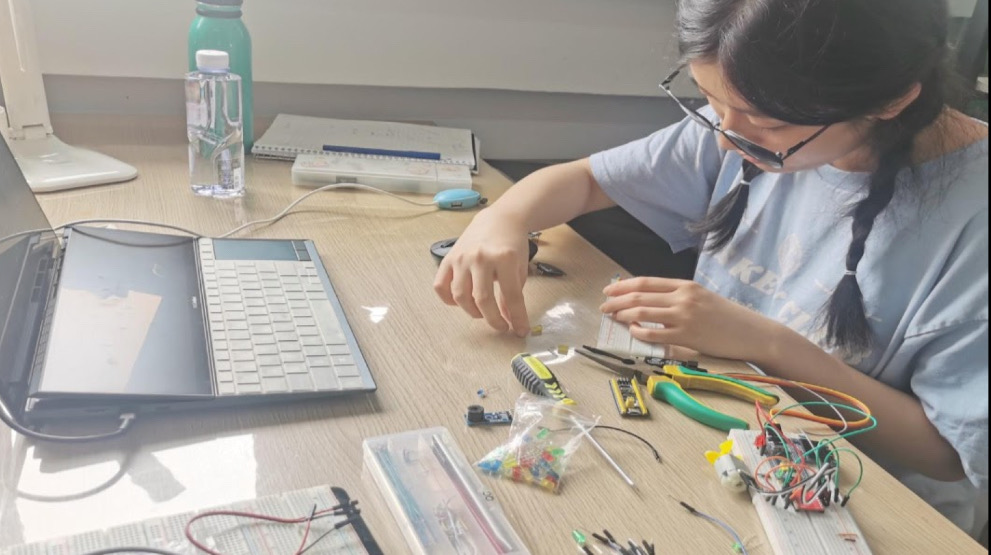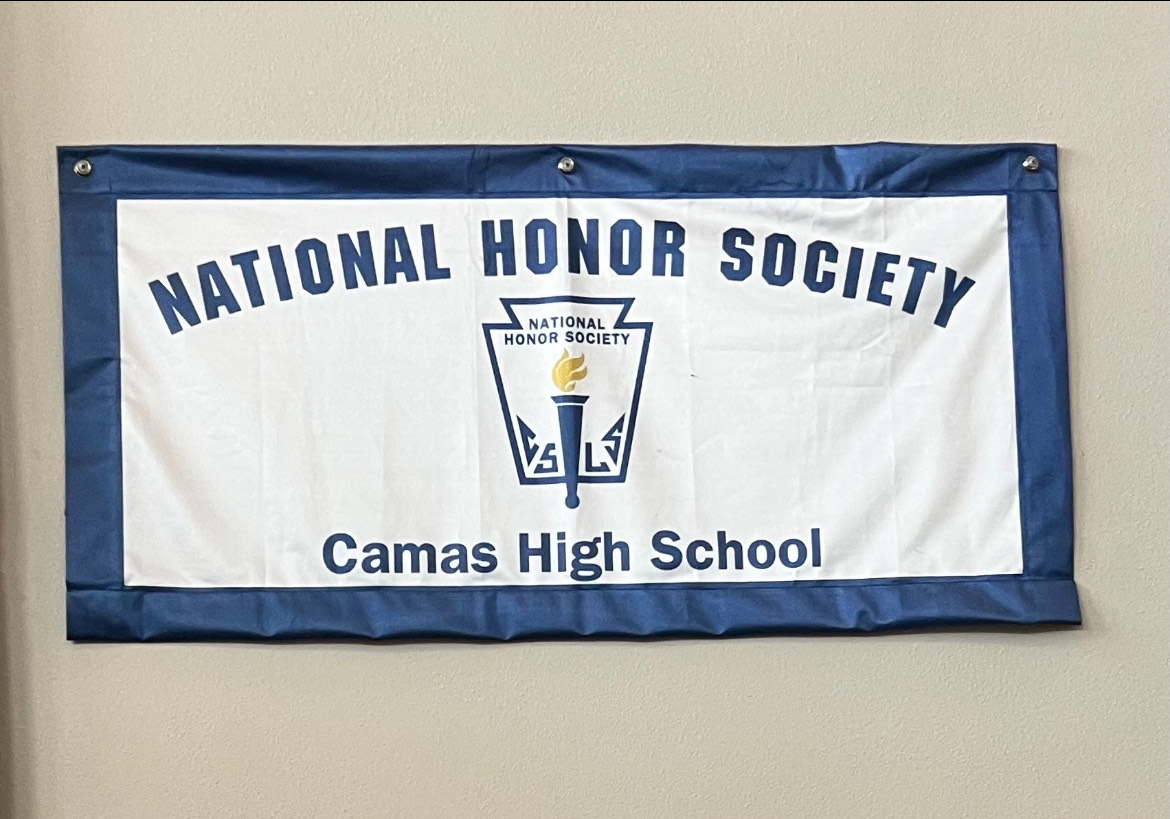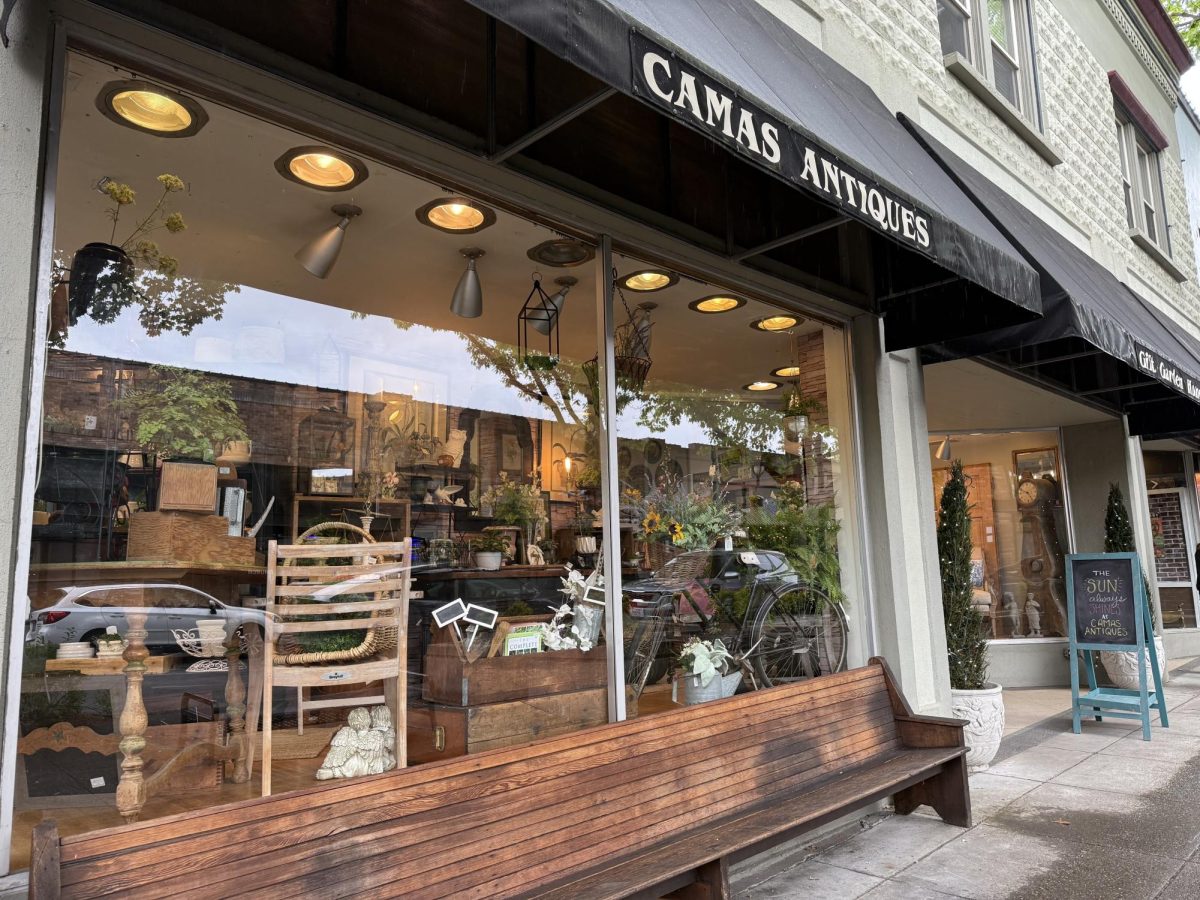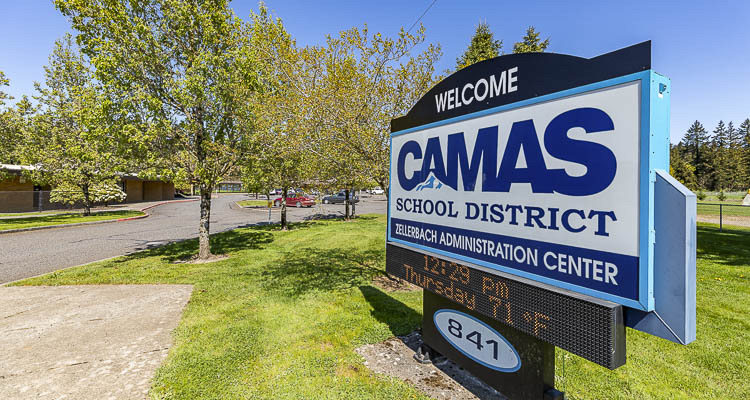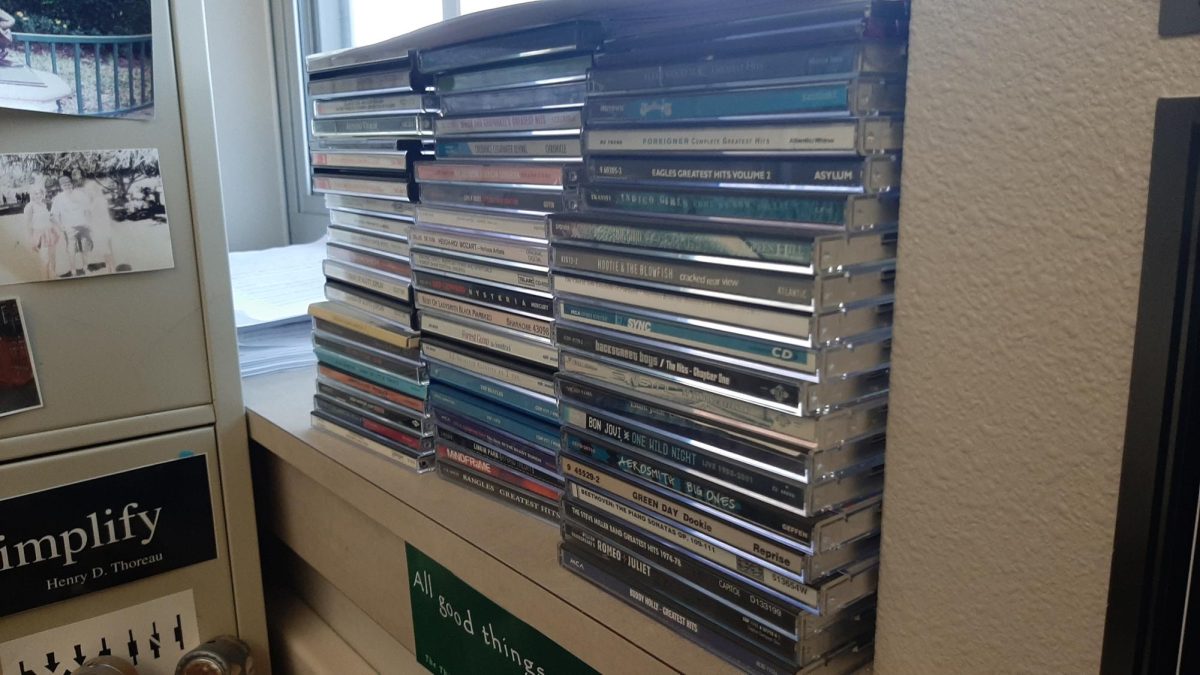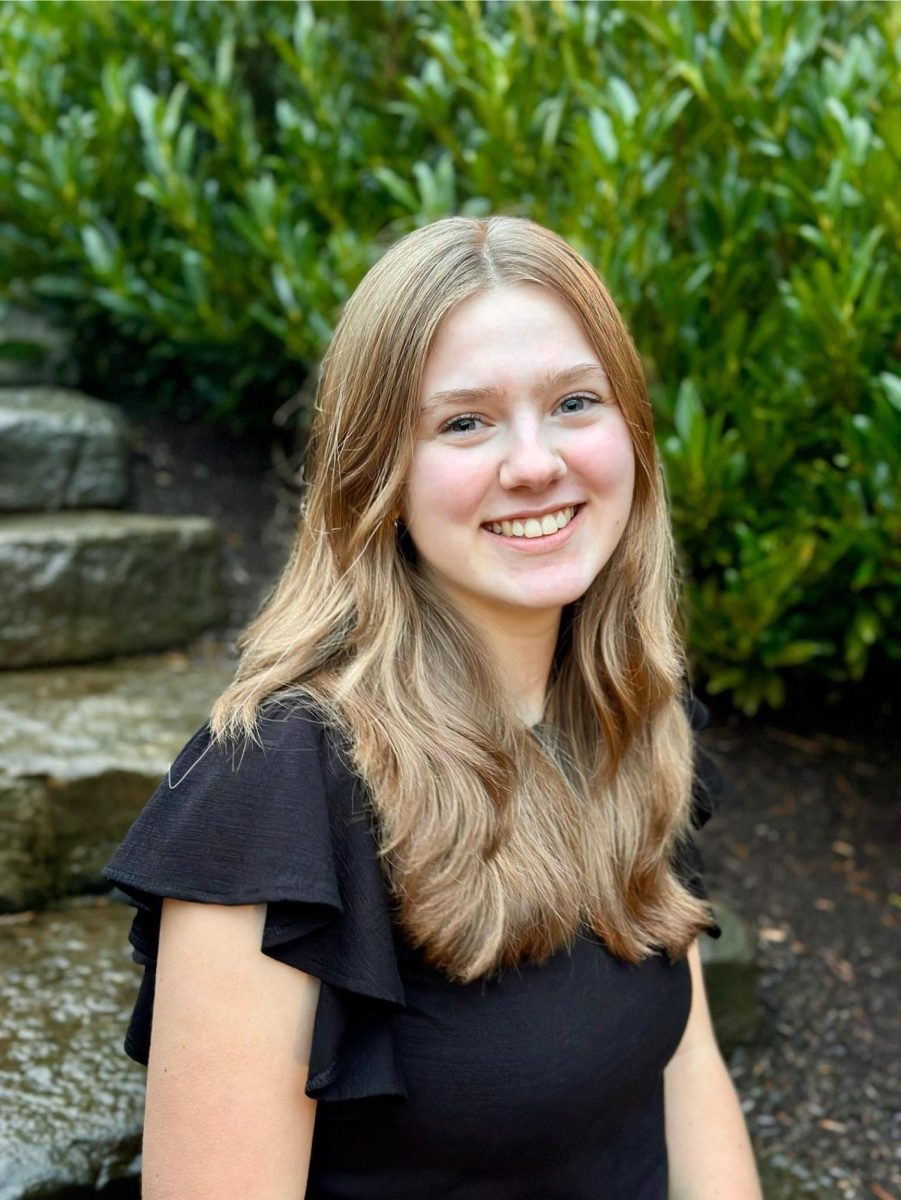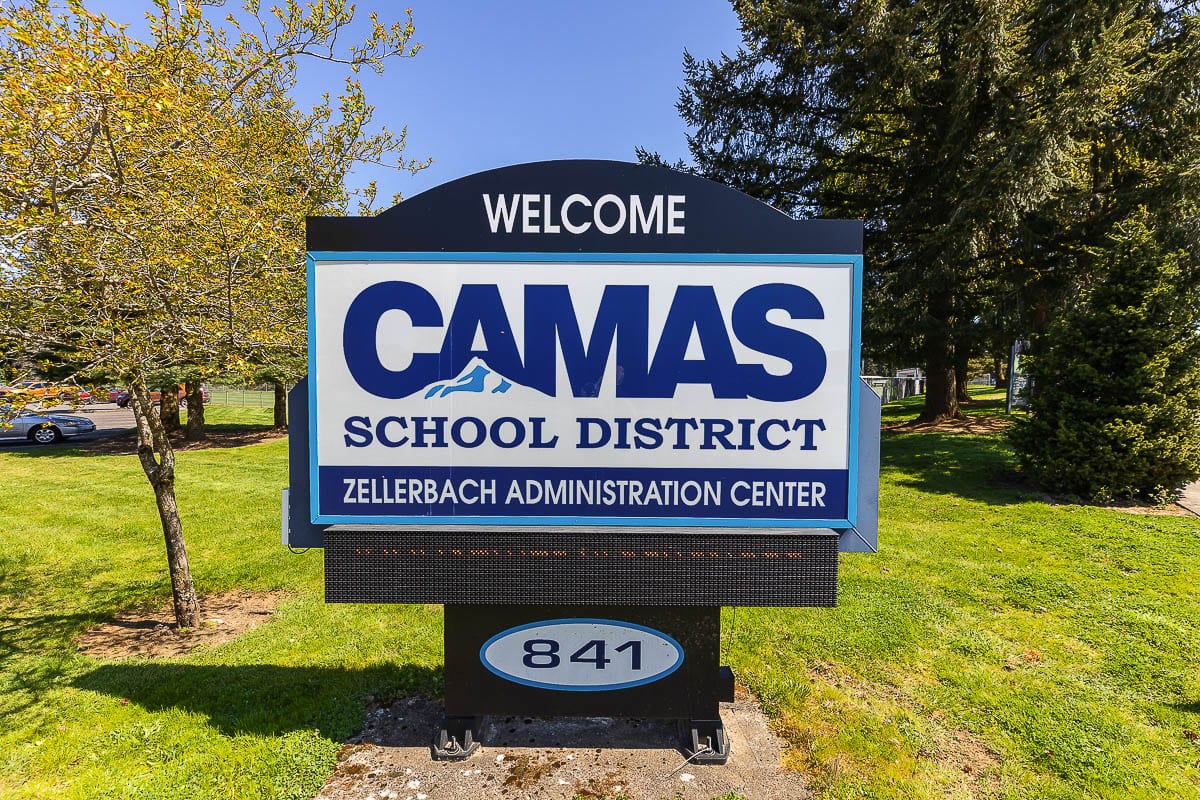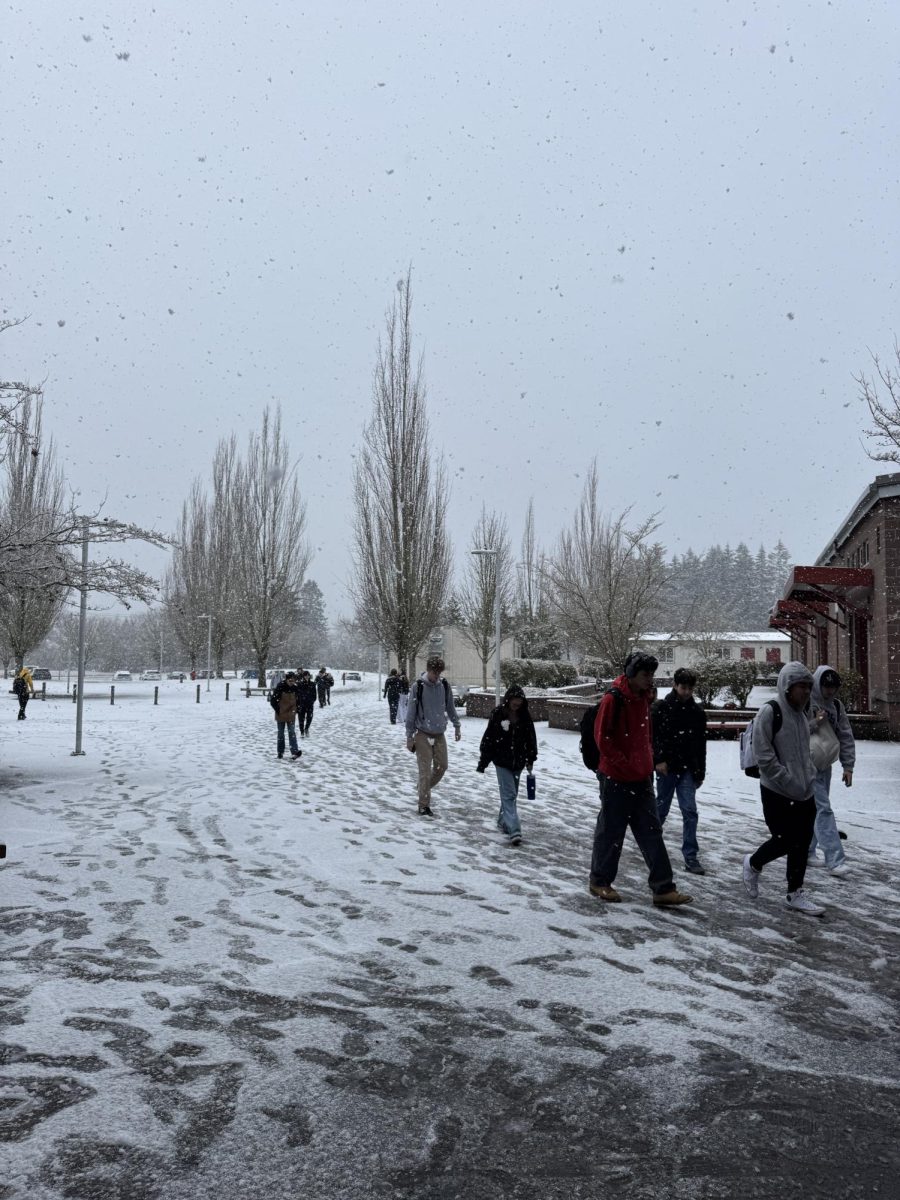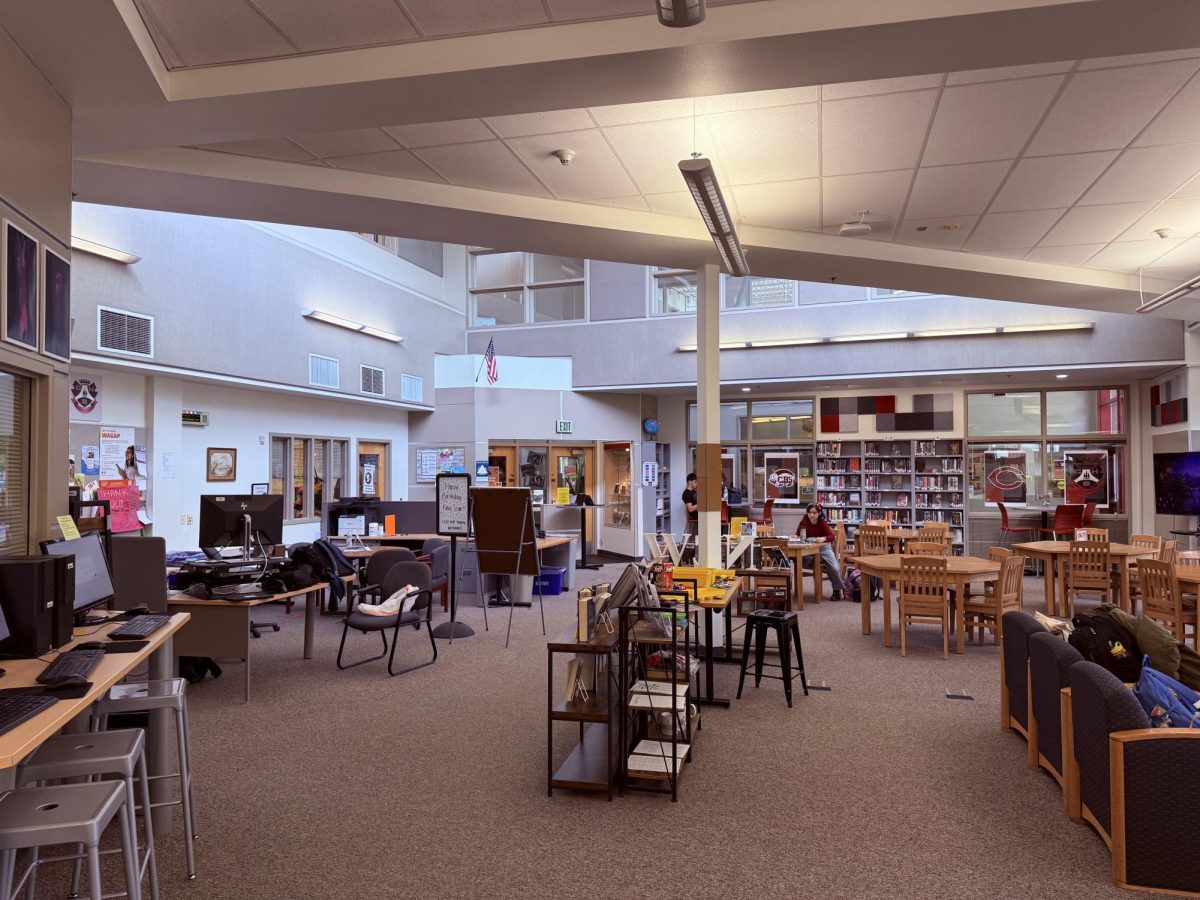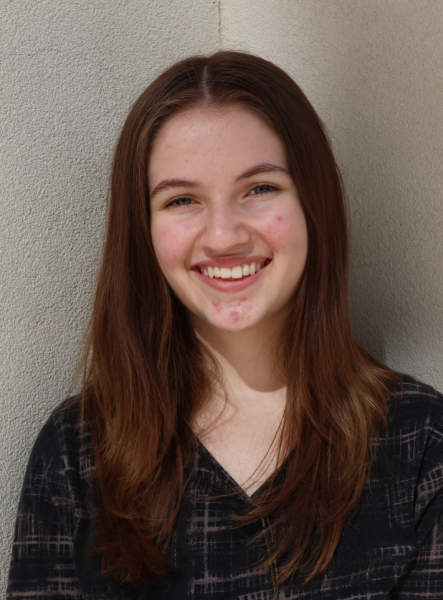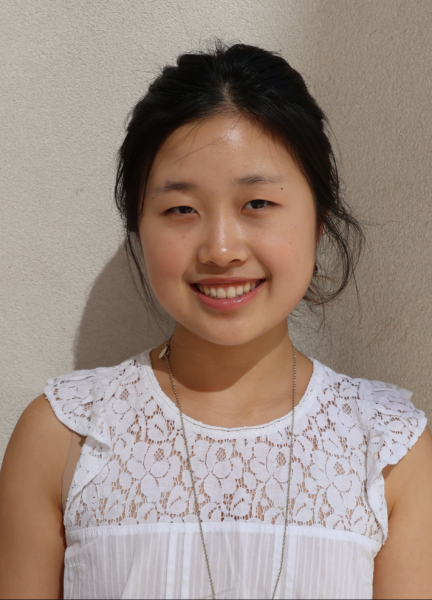On Dec. 3, the Camas School District (CSD) announced the closure of its copy center. In a statement sent out to administrators, the district explained the closure would save around $200,000 a year.
CSD teachers used the copy center for years to print mass amounts of materials for their students.
“I loved the old copy center. As a brand new teacher, one of the most memorable things was the constant crunch for time and producing materials” Camas High School (CHS) teacher Eric Linthwaite said. “Soon after I got here, I realized there was this thing called a print shop. These people just do your printing for you, all you have to do is just get it done a little bit in advance.”
The closure of the copy center affected some teachers at CHS. Some students have noticed the change in their classrooms.
“I’m in AP 3D Art and [my teacher] basically said ‘the district printer is down, so this is your last call to ask me for any references,’” CHS junior Kally Tang said.
CHS teacher Mark Tomasetti adjusted his usual routine to accommodate the copy center change. Recently, he assigned his students a worksheet printed on dark purple paper. This was one of the other notable changes.
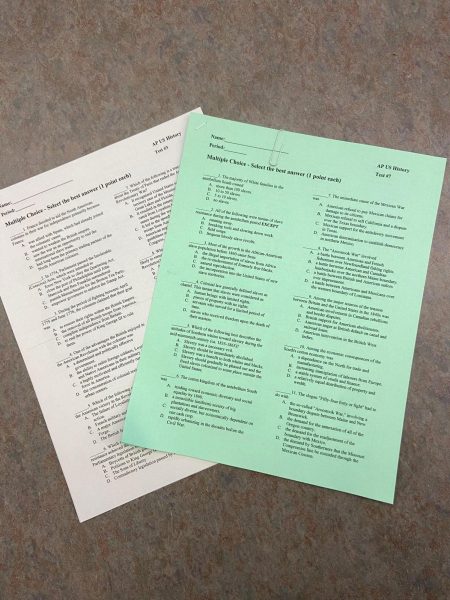
“Tomasetti likes to [use] tests that are dark gray instead of the plain white and black that most teachers use, but because of the copy center closing down he won’t be able to keep using dark gray papers for his tests—he has to switch to different colors,” CHS junior Leo Zhao said. “A couple weeks back, we had our first green-colored test that he’s done in like more than 25 years of teaching AP United States History. It’s a very landmark change.”
The CSD Copy Center was run by Angela Davis, who recently retired. When Davis submitted her retirement notice, the district decided not to refill the position to save money.
“Angela Davis…was awesome, very personable,” Linthwaite said. “I used [the copy center] all the time. I basically never had to print anything.”
The district gave CSD staff until Dec. 17 to print out forms using the old copy center. Many teachers used the remaining time to print out as many copies of schoolwork as they could before having to switch to the new system.
“I think there are some [CHS employees] who are nervous to use [the new copy center] because there is other stuff going on and to sit there and figure out a new form is annoying,” CHS teacher Kathryn Carmichael said.
Like Tomasetti, Carmichael and her students recently received a dark red handout as a result of the switch. Yet CHS teachers argue that these inconveniences are not drastic.
“With the new system, I’ve already done some test prints with it and it seems like it’s fine,” Linthwaite said. “The interface with it is a little funky, but whatever, I assume it’ll work.”
The CSD copy center had a website that teachers could fill out to submit a print order online. This format would automatically identify errors in print orders. The new format, however, is currently a piece of paper, meaning it takes much longer for errors to be identified.
“[The new copy center has] a new form that is a little trickier to fill out,” Carmichael said. “The website for the Camas School District [copy center] was very easy to follow to send prints and [the new copy center is] planning on moving to that kind of a format soon, so we just kind of have to figure this out for a couple of weeks.”
Time has proven to be an issue amongst teachers, especially for teachers like Linthwaite whose material is time-sensitive.
“For things like my current event quiz, I can’t write that three days in advance,” Linthwaite said. “The old print shop said ‘look, you always need to give us at least three days to get stuff to you’ [but] the reality was that you could get it that day. Now three days does really mean three days.”
The new copy center that CSD is running its prints through is ESD112, which works for multiple school districts in the area. In its announcement of the copy center’s closure, the district stated that orders would need to be submitted five days in advance and that deliveries would only occur on Tuesdays and Thursdays.
“The work still has to get done, it’s just now going to have to be done by people who are doing other things,” Linthwaite said. “I will be donating my time as part of the great crunch.”
A deep dive into the CSD copy center closure
The print-shop relocation, a measure to save money, is only a side effect of a larger budget problem in CSD.
Over the past few years, CSD experienced teacher strikes and staff dismissals from budget cuts. Many in the district currently question the origin of this budget cut, considering Camas to be a wealthy community. Camas has an average household income of $166,637 compared to the state average of $129,559 and national average of $124,594 as of 2024.
Jasen McEathron, CSD Director of Business Services, explained that the budget cuts could be traced to a 2020-2021 change in the district’s funding model and decreased enrollment during the COVID-19 lockdown. As a result of the enrollment decrease, district revenue was cut, leaving the district to be dependent on the 2-year COVID buffer payment from the state. However, the real crisis occurred walking out of COVID-19, when the buffer expired.
“We’ve exhausted our reserves or fund balance to a point where it’s at a critically low level and now we have to reduce costs,” McEathron said. “We felt like we needed to take some action, so we made some of those reductions last September–not a great deal but a small portion–and then most of the budget reductions will really fall into the next fiscal year or next school year.”
Reserves are leftover money from a fiscal year after subtracting expenditures. CSD consistently saved money for the district reserve over the past 10 years leading up to COVID-19. However, following the population influx of 2019–a growth of 1,935 to a total population of 24,476– during the pandemic, the reserve experienced a decline, an impact of overwhelming expenditures in operations.
Aside from reserve exhaustion, CSD crashed into an unorganized funding model adjustment in 2020. Originally, before the change, the funding model consisted of a prototypical model for K-12 schools which matched a ratio between the number of students to the number of prototypical teachers. However, the model changed in 2020, adding a regionalization factor that differentiated the cost of living between Washington school districts. Ultimately, the factor distorted the experience-to-salary ratio for teachers, becoming a subject of complaint, which could have been partly responsible for the 2023 Camas teacher strike.
“It was pretty detrimental because we started the new funding under this new format with a much higher regionalization factor than where we’re at today,” McEathron said.
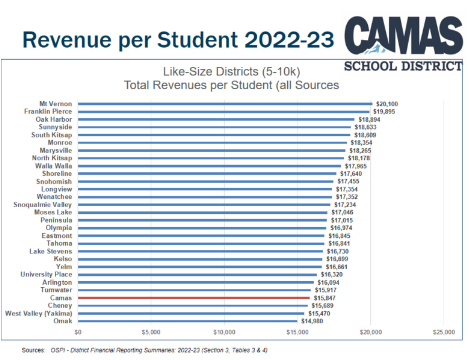
McEathron also suspected that the regionalization factor, which calculates the housing cost of a region, may be linked to CSD’s low percentage of revenue-per-student from the state and federal government. Although the “costs of living continue to soar,” Camas is the only district in ESD112 to experience regionalization factor declines, from 12 to 6 percent (2025 Legislative Priorities, Camas School District). This may be a reason for reduced government funding, placing CSD fourth-to-last of like-sized districts’ revenue-per-student.
“When you look at it from a district-wide perspective, our expenditures have grown at a rate that’s outpaced our revenues [$131.6 million to $124.5 million],” McEathron said. “There’s a lot of different factors; one is certainly the funding model. [Others are] the number of students that are served, the number of people that we employ, not just teachers but bus drivers, food service workers, maintenance grounds, coaches—all of that is part of that overall budget for the district.”
“It all plays a big part, but mostly our expenses are salaries; about 88 roughly of our costs. It’s not the utilities or the paper or the supplies so much, it’s mostly people,” McEathron said.
As a result, the debate on teacher salaries rises, while some jobs are not replaced when they are vacated. The copy center relocation is only one factor in the budget difficulties in CSD.
“Any other change to that would be to the funding formula and every year the state has a legislative session–this year they just started yesterday [Jan. 14],” McEathron said. “It’s a pretty regular practice in each session for us to approach legislators and use certain educational partners to get our message across that we would like to see funding enhancements in certain areas.”
Many CSD staff members, teachers and administrators alike, are anticipating the spring for more information from (possibly) the state.
Eric Linthwaite, a teacher at CHS personally affected by the copy center closure and former Vice President of the Camas Education Association, provided input into the budget situation in the district.
“There’s a tsunami approaching this district right now at work in the spring. They’re going to be [reducing] a lot more. A lot of folks losing jobs or having their responsibilities changed”, Linthwaite said. “This is just the first ripple.”



